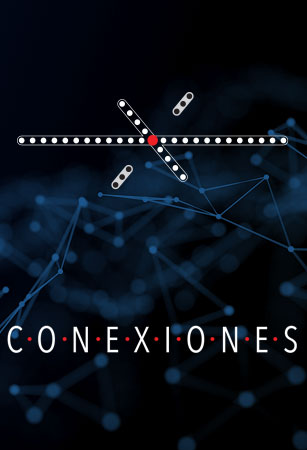 Mobile edge computing or Multi-access Edge Computing (MEC) – is a network architecture that enables cloud computing to be performed at the edge of a mobile network. Currently, many applications manage their online computations and content storage on servers far away from the devices and the end user. MEC brings those processes closer to the user by integrating with the local cellular base stations.
Mobile edge computing or Multi-access Edge Computing (MEC) – is a network architecture that enables cloud computing to be performed at the edge of a mobile network. Currently, many applications manage their online computations and content storage on servers far away from the devices and the end user. MEC brings those processes closer to the user by integrating with the local cellular base stations.
Multi-access edge computing is based on the principle that offering processing capacity at the edge of the network offers significant application benefits especially in responsiveness and reliability. MEC enables faster and flexible deployment of new applications and leads to lower latency — and better performance — for local applications and data when compared with centralized data center resources.
Businesses that run multiple applications that entail high volumes of data with low latency such as IoT gateways in healthcare, retail etc., will find MEC quite appealing. It is going to be a key enabler for connected cars, autonomous vehicles and industrial IoT. Edge computing will help autonomous vehicles achieve higher levels of situational awareness by merging information gathered and processed at the edge and through AI/machine learning. In such areas, even a millisecond delay can make a huge difference. Autonomous vehicles, for instance, cannot wait for information stored to be processed in the cloud (even if it only takes 200 milliseconds) to make a critical decision.
The MEC market is expected to range anywhere between USD3-9 bn by the year 2022. Start-ups will find a new world of opportunities coming their way through MEC. The convergence of connectivity and compute power and the resultant context awareness at a node will lead to services and content being customized to a new level. Wearables, smart homes, utilities and transportation are expected to drive business. All these are segments that hold great potential for start-ups to capitalize on.
As the industry evolves, and the eco-system becomes more enabling, entry barriers are expected to ease. Hyper localization a significant need from a content delivery and a last mile user perspective is enabled with lesser latency. With the content delivery networks or CDNs coming closer to the user, localized content such as area maps can be delivered faster and with more detail to a user. A CDN is a system of distributed servers (network) that deliver pages and other Web content to a user, based on the geographic locations of the user, the origin of the webpage and the content delivery server. Till now, CDNs were in datacenters far away from the user.
On the security and safety front, MEC will enable a new level of surveillance and monitoring as surveillance and video analytics can be done much closer to the source. This also means that the data available to decision makers will be much closer to real-time.
In an industrial environment, MEC can improve safety levels by giving real-time information on heavy equipment, machinery, vehicles and environmental factors. MEC will also improve the response timings in case of an accident or an emergency by enabling first responders to reach ground zero and locate the affected people faster.
In the entertainment vertical, Augmented Reality and Virtual Reality require faster response with the least possible latency. MEC makes that possible. It is expected that many new VR and AR-based games will be released once MEC becomes a commonly used technology.
Challenges
Lack of standards around MEC is one factor that might slow down adoption of MEC. Many organizations are currently working in parallel on evolving competing standards around MEC focusing on various aspects. With data being stored and processed at a local node the possibility of attacks at that level also increase as a new attack surface emerges. These challenges are being addressed and there are strategies and solutions available to secure MEC and its users.
All said and done, MEC is nothing short of a revolution in the works. Beyond bringing the web and allied services closer to users, it will also usher in a new era of user experience and engagement. The opportunity is clearly on the horizon it is now up to the eco-system players to ramp up their game to hasten adoption without compromising on security in any manner.

Deja tu comentario